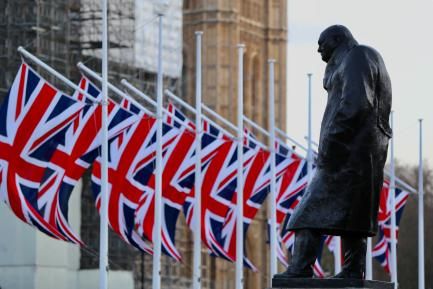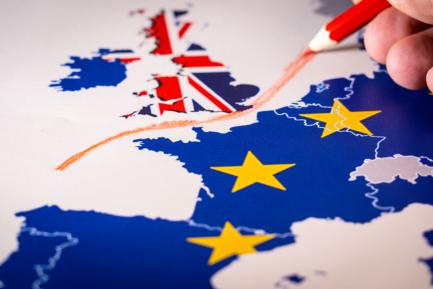What will the future EU-UK relationship be like?
After six months of negotiations, the United Kingdom and European Union have reached a preliminary agreement on the terms of their separation.1 This has been possible thanks to the UK accepting most of the demands initially presented by the EU. At its December meeting, the European Council therefore gave the go-ahead for the second phase of negotiations, tackling the transition agreement and future framework of UK-EU relations. This Focus examines the main aspects of this stage of the negotiations to determine the possible outcomes.2
To date, the effort made by the UK to move negotiations forward has been largely related to its interest in achieving a transition period. The aim is to reduce the Brexit-related uncertainty hovering over the British economy. If the UK could remain in the single market for longer and have more time to negotiate future trade relations, this would reduce the likelihood of a disorderly withdrawal from the EU and would help all economic agents to prepare for the new scenario. In principle, the UK would be the biggest loser should an agreement not be reached on the transition period. The EU therefore has bargaining power, although both blocs should be able to come to some kind of agreement on this issue.
Beyond the transition period, the UK and the EU must also negotiate their future trade relationship. It is useful to review the current treaties between the EU and Norway and the EU and Canada to understand the agreement that might potentially be reached for the UK. These models represent the two extremes between which the UK agreement is most likely to fall.
Norway is a member of the European Economic Area (EEA). This means that it forms part of the Single Market; i.e. it enjoys freedom of movement of people, goods, services and capital with the EU. But it does not form part of the Customs Union. Norway can therefore sign trade treaties with other countries independently from the EU but there are customs controls. Customs duties are not levied on products or product components originating in Norway but they are on those from other non-EU countries. Another condition is that Norway must adopt a large amount of EU legislation although, since it is outside the EU, it is not directly involved in the legislative process. The country also makes a significant contribution to the EU budget.3
The Canadian model represents the other extreme. The EU and Canada recently signed a significant free trade agreement. Most importantly, this eliminates a very large proportion of trade tariffs (more than 97.5% of all customs duties). The aim is also to harmonise key aspects that should boost trade in some services, such as telecommunications, energy and shipping.
In the case of the UK, the Norwegian model is clearly a poor substitute for EU membership. However, the problem with the Canadian model is that it is not ambitious enough. The UK economy is most competitive in services, especially in areas where the Canadian model would offer much less access to the European market than currently enjoyed by the British. It could even be argued that the Canadian model would benefit the EU more than the UK. It would maintain extensive access to the goods market, in which the EU has a trade surplus with the UK, while restricting trade in services, a sector where the UK is more competitive.
Consequently, the UK will probably attempt to negotiate a Canadian-type deal but with greater access to the services market. In exchange, the EU is likely to ask for a considerable contribution to its budget, as well as sovereignty concessions in areas such as the free movement of people. The final agreement between both blocs is therefore likely to be somewhere between the Norwegian and Canadian models.
There are obviously risk factors that could push the final agreement away from these two positions. One possibility is that the Brexit process might actually end up with the UK remaining in the EU, although this is unlikely. Nevertheless, such an outcome could arise, for example, should the public believe the economic cost of Brexit is too high. On the other hand, the current weak position of the UK government could jeopardise the negotiations and result in a disorderly exit for the UK. However, both these risks are considerably smaller now that an agreement on the terms of separation has been reached.
1. See the Focus «Brexit: the road ahead» in MR10/2017 for a more detailed explanation of this stage.
2. Although this Focus looks at trade-related aspects, the agreement will also tackle areas such as the degree of cooperation in security and nuclear energy, among others.
3. Norway pays around EUR 150 per inhabitant per year, a similar figure to the UK’s net contribution.



